Government Shutdown Threatens Food Benefits for Over 40 Million Americans
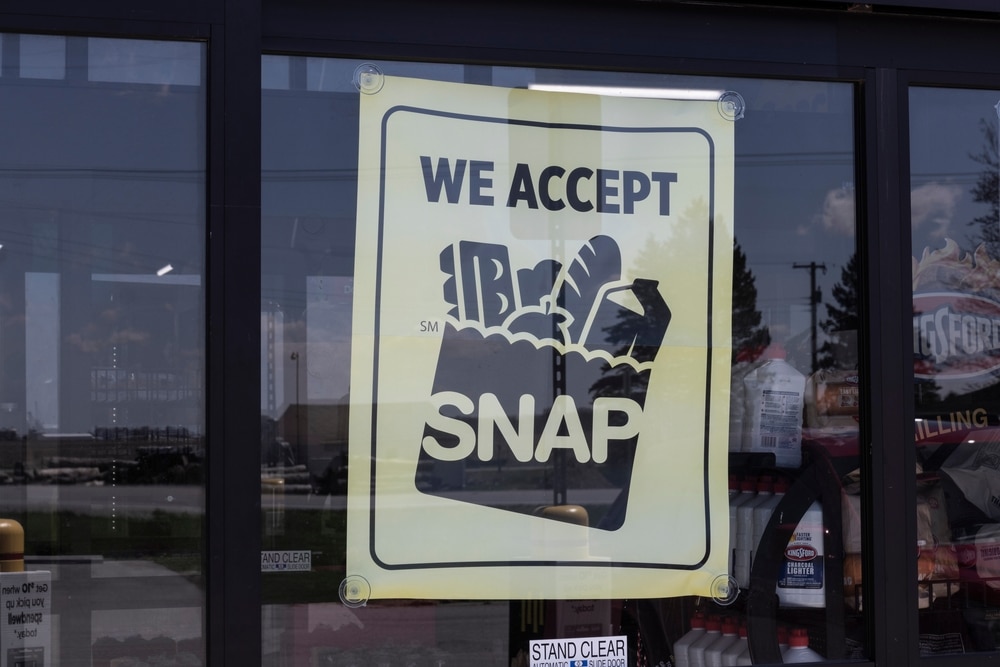

The latest government shutdown has frozen Supplemental Nutrition Assistance Program (SNAP) payments for November, leaving millions of Americans uncertain about how they’ll buy food.
The U.S. Department of Agriculture confirmed that federal funds have run out, threatening benefits for more than 40 million people, roughly 1 in 8 Americans who rely on the program for groceries.
The Halt in Food Assistance
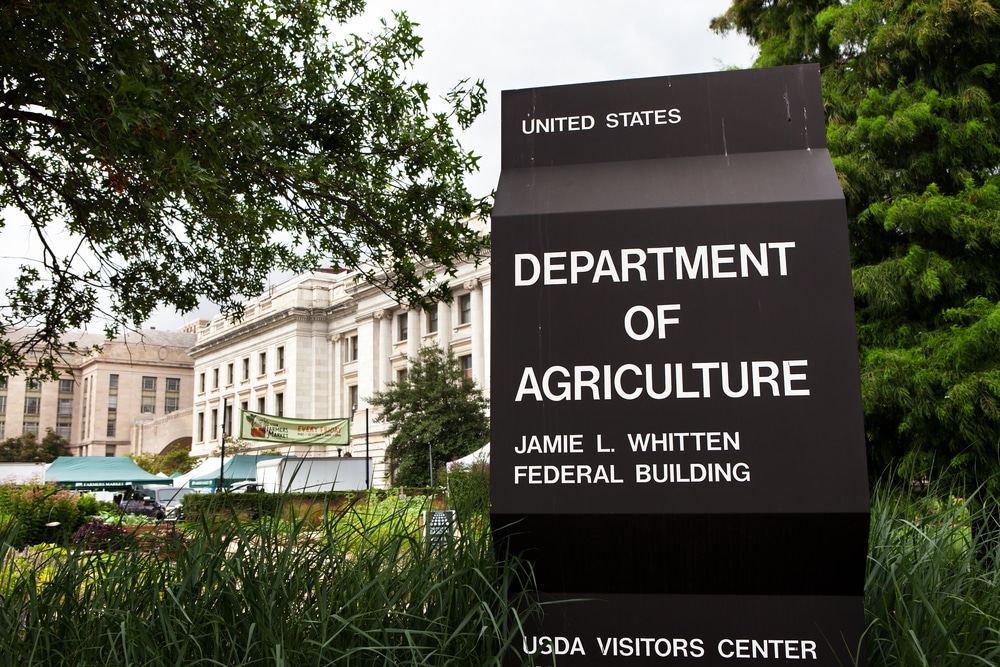
In an internal notice, the USDA warned that “the well has run dry,” meaning states won’t receive the usual federal transfer to distribute November SNAP benefits. The move immediately disrupted state agencies that handle payments and left low-income households facing empty accounts as the shutdown entered its second month.
Who SNAP Serves
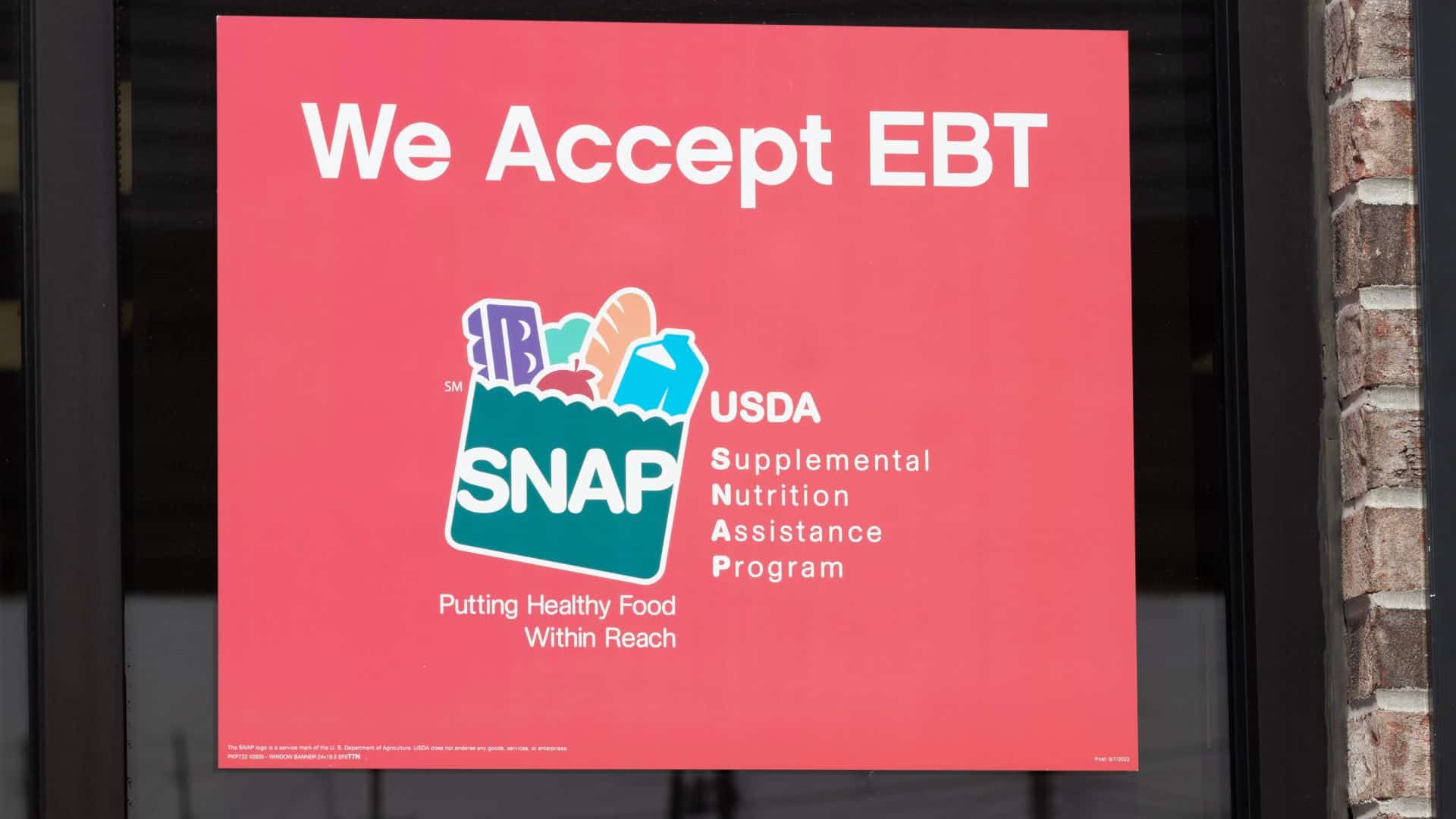
SNAP, formerly known as food stamps, is the nation’s largest anti-hunger program. It supports more than 41 million participants, providing an average of $187 per person per month. Nearly three-quarters of SNAP households live below the federal poverty line, and many run out of benefits before month’s end.
A Growing Hunger Crisis

The shutdown’s timing couldn’t be worse. Food prices remain high, and food banks are already stretched thin. Organizations like Feeding America are seeing a surge in demand, warning they can’t fill the gap if federal support vanishes. “For every meal we provide, SNAP provides nine,” said Radha Muthiah of Washington D.C.’s Capital Area Food Bank.
States Step In, but It’s Not Enough

Several states are scrambling to fill the void. Governors in New York, Colorado, and California have announced emergency funding to support food banks, including California’s $80 million relief package, yet these measures barely cover a fraction of the $8 billion distributed through SNAP each month. Others, like Oklahoma and Georgia, are urging residents to seek local pantries and budget carefully.
The Legal Fight Over Emergency Funds
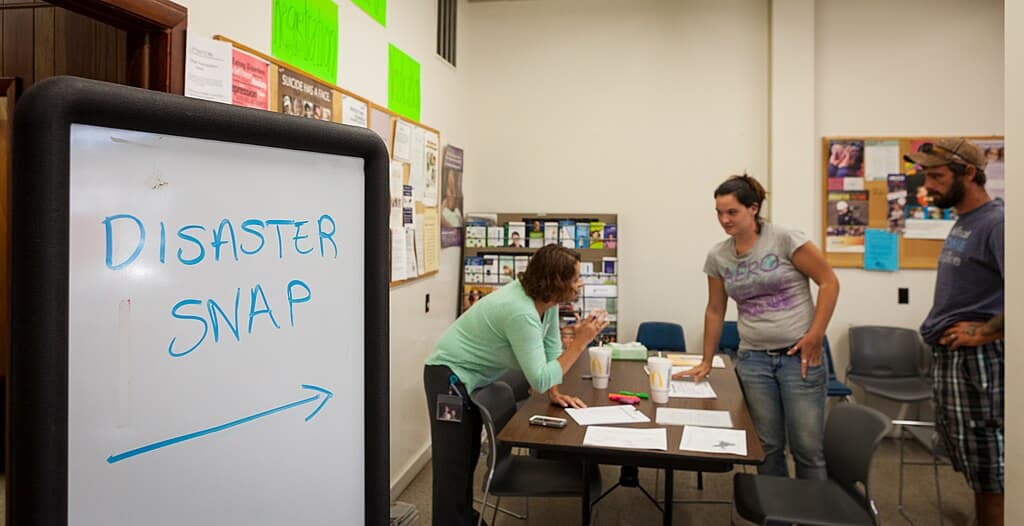
Two federal judges, Judge Indira Talwani in Boston and Judge John McConnell in Rhode Island, have ruled that the administration must use available contingency funds to restart payments, citing over $5 billion earmarked for crises like this one. However, even if the order stands, officials warn that partial payments or logistical delays could stretch into mid-November, leaving millions temporarily without aid.
Who’s Most at Risk

Children, older adults, and people with disabilities make up the majority of SNAP recipients. For families living paycheck to paycheck, even a short interruption in benefits means choosing between rent, medicine, or food. In Alabama, a mother of two told NPR that the uncertainty is “extremely stressful” as she tries to stretch what little food she has left.
Broader Economic Impacts
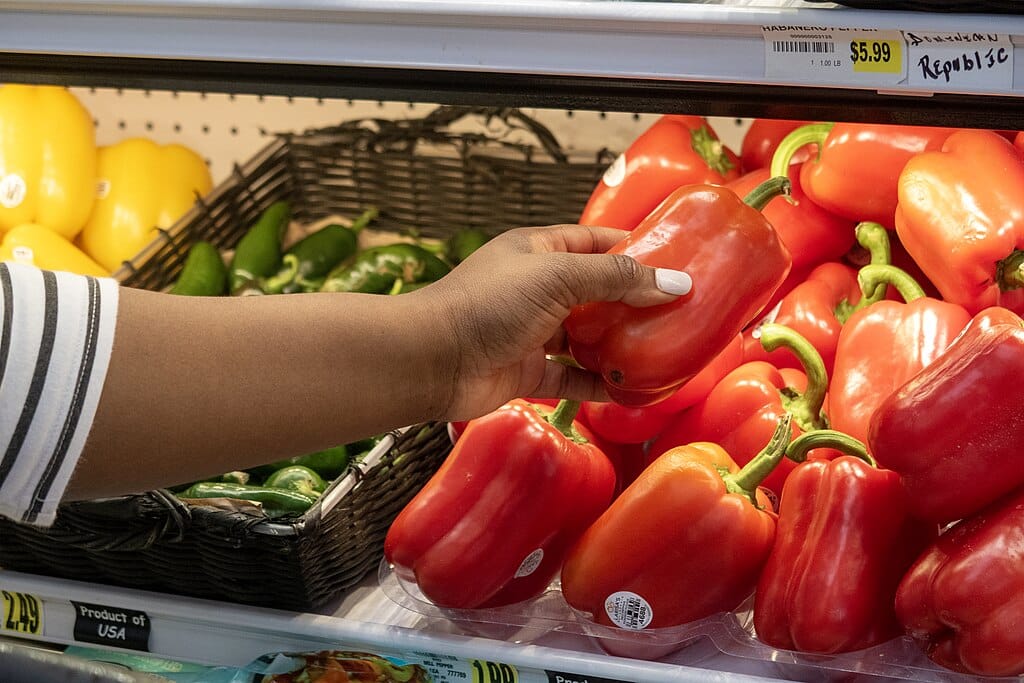
SNAP is more than a safety net. It’s an economic driver. Every dollar in benefits generates roughly $1.50 in local economic activity. Without the flow of federal funds, small grocery stores and local economies in low-income communities will also feel the hit. Experts warn that if the freeze persists, the shockwaves could ripple across the broader economy.
The Uncertain Road Ahead

The administration has said it’s reviewing how to legally distribute emergency funds while the budget impasse continues. Meanwhile, food banks, charities, and local governments are bracing for another wave of need. For millions, the shutdown isn’t a political stand off. It’s a question of what they’ll eat next week.
The Real Cost of Inaction

Behind every delayed benefit are families planning smaller meals and parents skipping theirs so children can eat. As lawmakers debate the path forward, millions wait with empty pantries and uncertain futures. Until funding resumes, the shutdown’s most immediate impact isn’t in D.C. — it’s at America’s kitchen tables.
